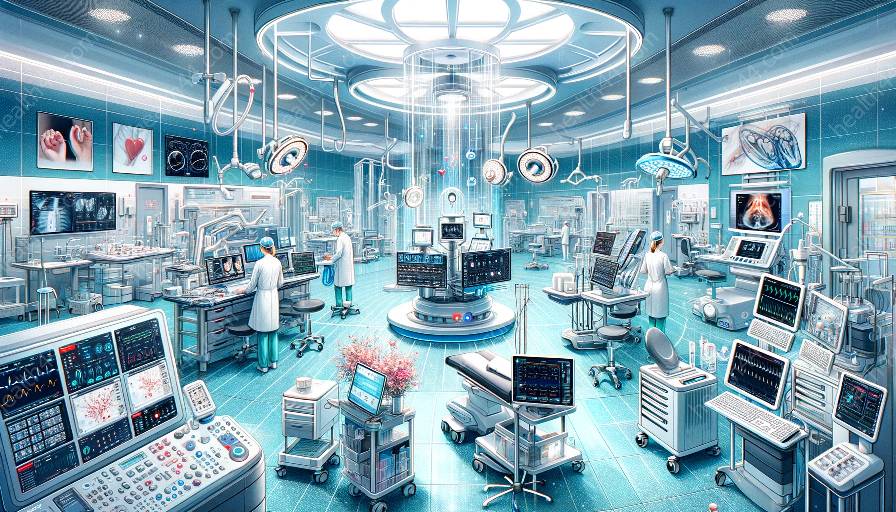Medical devices play a crucial role in healthcare and require stringent regulatory oversight to ensure their safety and effectiveness. This topic cluster explores the regulatory requirements for medical devices in the context of biomedical instrumentation, covering the standards, guidelines, and processes involved.
Overview of Regulatory Landscape
The regulatory landscape for medical devices is complex and varies across different countries and regions. In the United States, the Food and Drug Administration (FDA) is responsible for regulating medical devices, while the European Union has its own regulatory framework governed by the Medical Devices Regulation (MDR).
Regulatory requirements encompass a wide range of aspects, including design controls, risk management, quality systems, and post-market surveillance. Compliance with these requirements is essential for ensuring the safety and effectiveness of medical devices.
Design Controls and Standards
Biomedical instrumentation involves the design and development of medical devices, and adherence to design controls is a fundamental regulatory requirement. This includes the establishment of design inputs, design verification and validation, and design changes. Adhering to recognized standards such as ISO 13485 for quality management systems is often a crucial aspect of meeting design control requirements.
Risk Management
Risk management is an integral part of the regulatory requirements for medical devices. This involves the identification, assessment, and mitigation of risks associated with the use of the device. Standards such as ISO 14971 provide a framework for implementing a risk management process that aligns with regulatory expectations.
Quality Systems
Establishing and maintaining robust quality systems is essential for compliance with regulatory requirements. This includes implementing comprehensive quality management systems that encompass all aspects of the product lifecycle, from design and development to manufacturing and distribution.
Pre-market Approval and Post-market Surveillance
Prior to placing a medical device on the market, regulatory authorities often require pre-market approval to demonstrate its safety and efficacy. This may involve submitting clinical data, performance testing, and other evidence to support the device's intended use. Post-market surveillance is equally important and involves monitoring the device's performance and addressing any issues that may arise once it is in use.
Compliance Challenges and Strategies
Complying with regulatory requirements presents challenges for medical device manufacturers, particularly in a rapidly evolving technological landscape. Ensuring that devices meet the necessary standards while navigating the complexities of regulatory submissions and approvals requires a comprehensive understanding of the regulatory landscape.
Conclusion
Regulatory requirements for medical devices within the context of biomedical instrumentation are essential for safeguarding patient safety and promoting innovation in healthcare. By understanding and adhering to these requirements, stakeholders can ensure that medical devices meet the highest standards of quality, safety, and efficacy.


